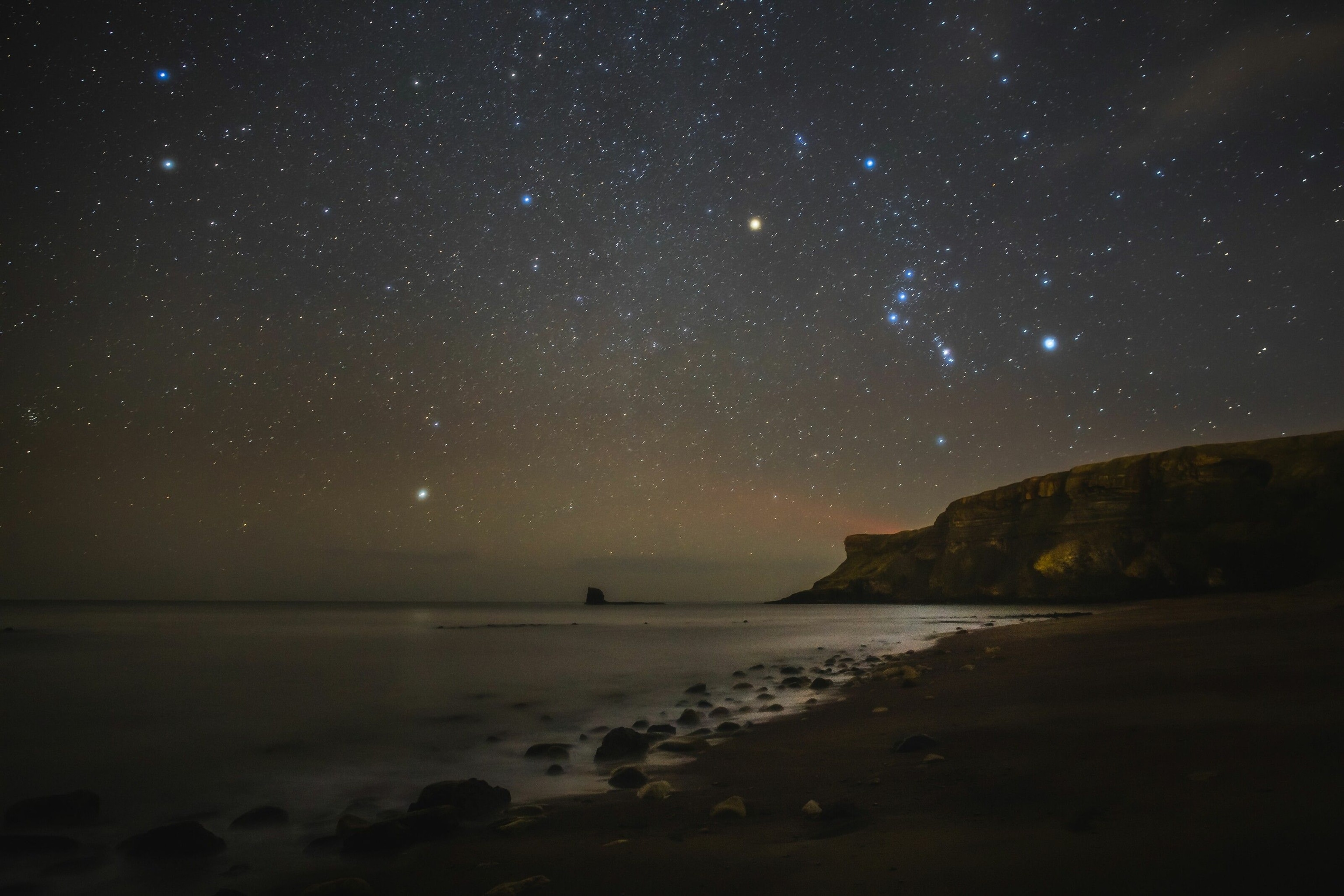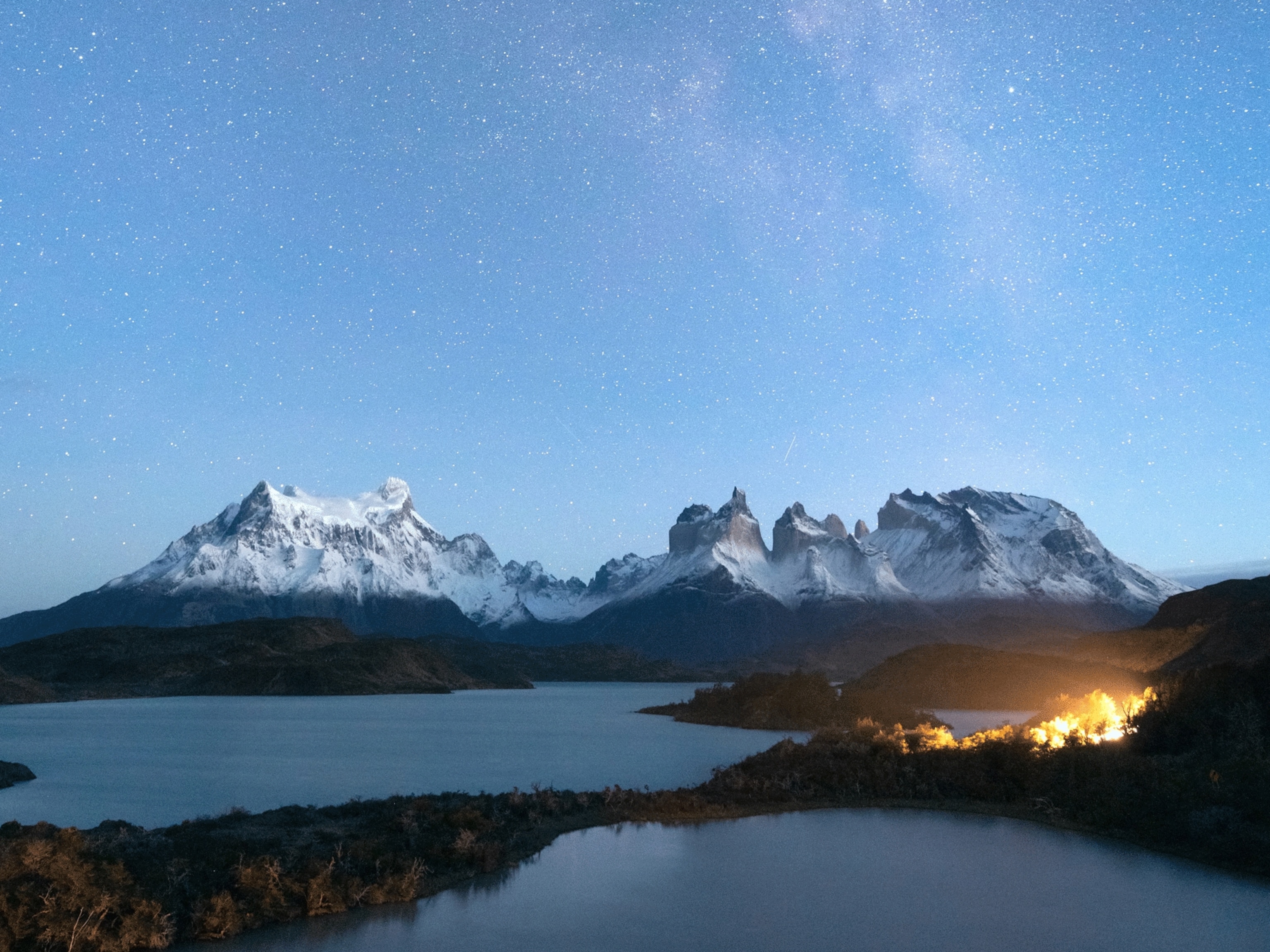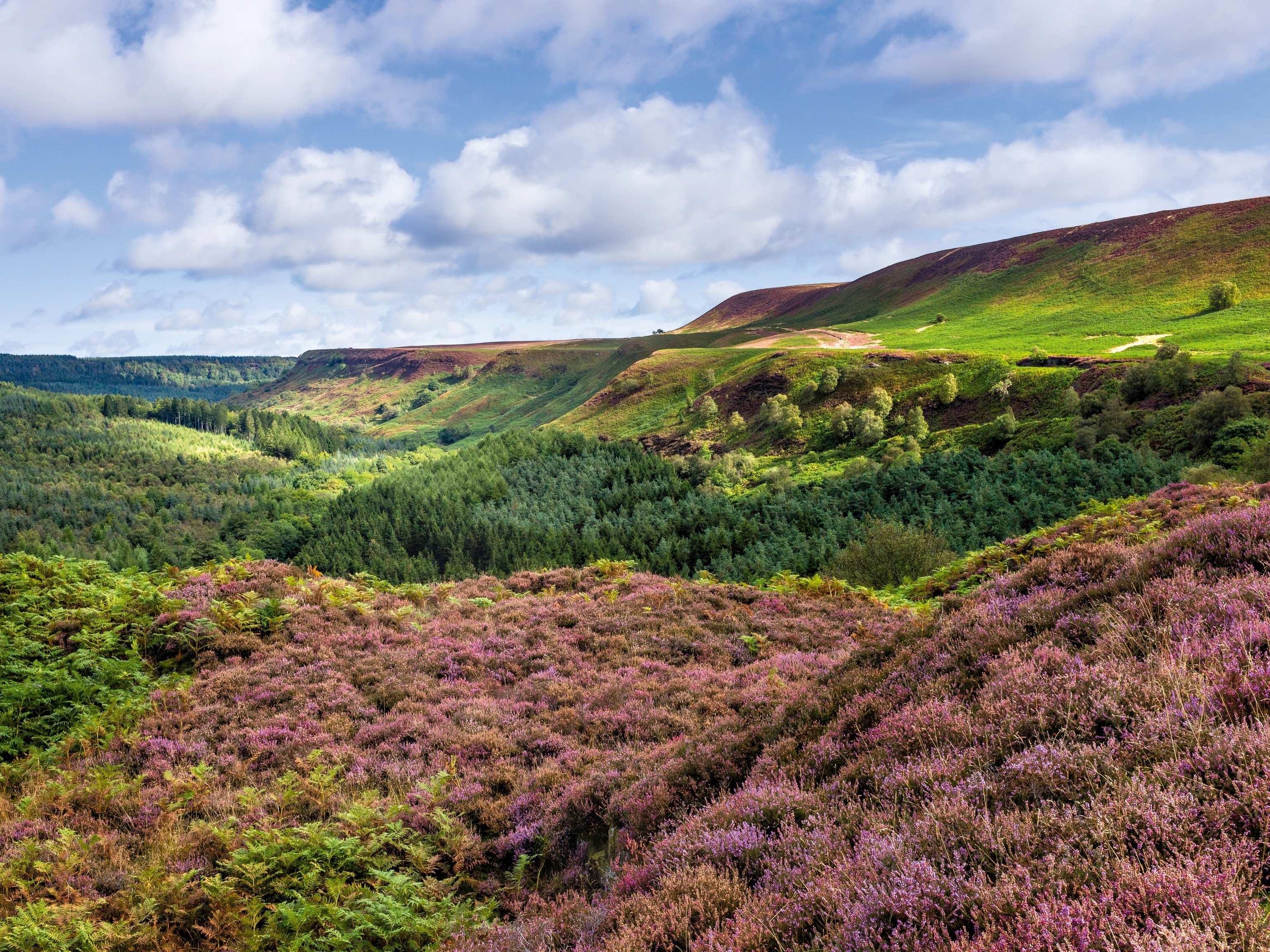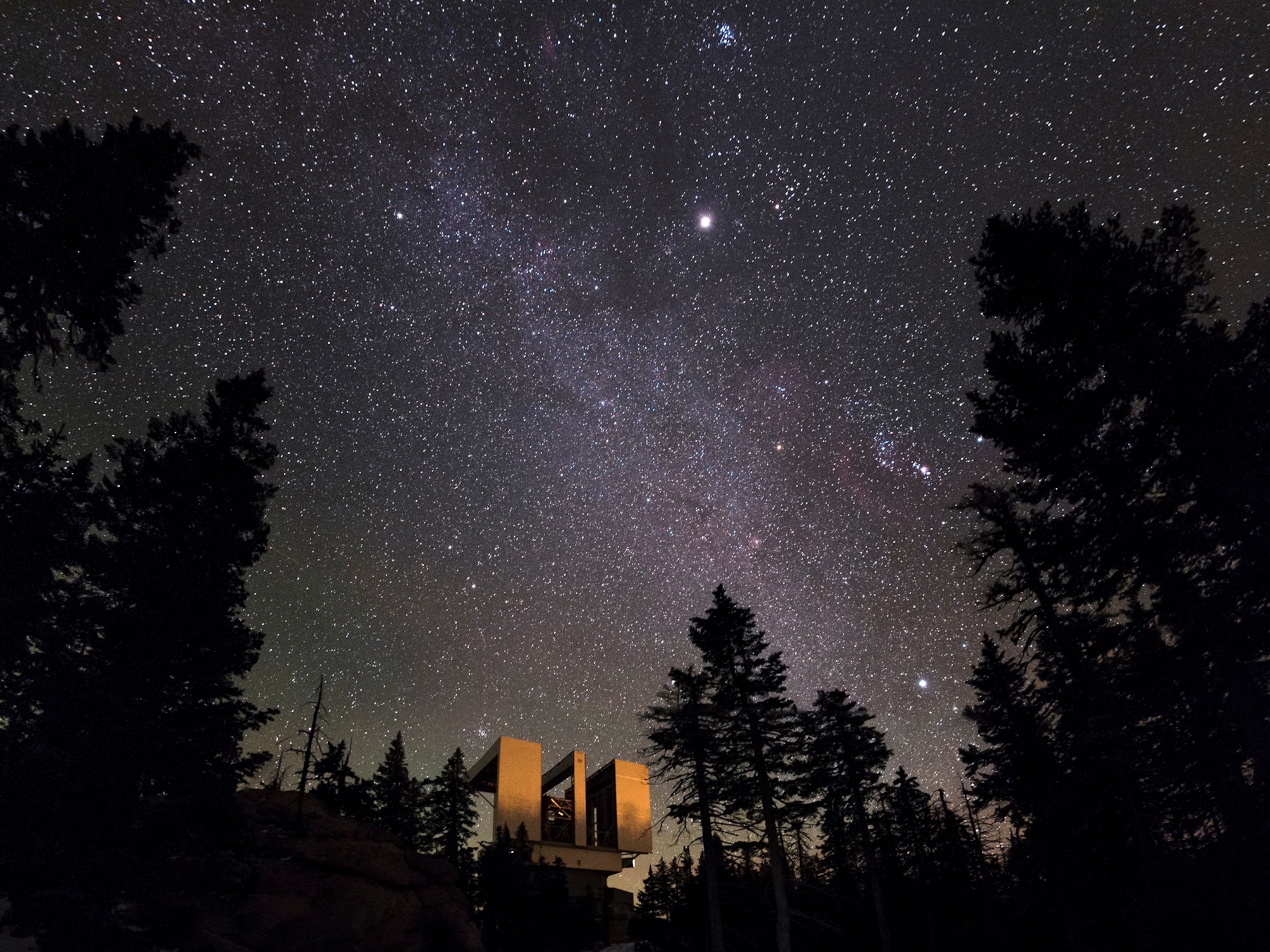
Where to go stargazing in the UK's North York Moors — according to a local astronomer
Astronomer and stargazing aficionado Richard Darn on dark skies in the North York Moors and what to look out for this winter.
What makes the North York Moors great for stargazing?
It all comes down to light pollution. In today’s world, the view of the heavens has almost nearly gone but on the North York Moors, thick darkness reigns and you can find skies of thousands of stars, which just isn’t possible in the city. Some people visiting have never seen the Milky Way and it comes as a bit of an epiphany when they gaze at it. They stare at this river of light beaming overhead and for those who have never seen anything like it, it’s a jaw-dropping moment.
Where are the top places in the North York Moors for stars?
Now that the North York Moors is an International Dark Sky Reserve and the subject of many surveys, we have a very good idea of the darkest areas. There’s Ravenscar on the coast where the skies are beautiful and you can stare at the heavens. Further inland, Dalby Forest is a spectacular spot with its dark sky, observatories and events. In the west, there’s a huge escarpment, Sutton Bank, hugging the ridge with fantastic views over the Dales. Stargazers can sit on reclining benches and see shooting stars at The Star Hub.
Why do you love stargazing?
There’s something incredibly peaceful about catching Saturn on a good night. I stand there with a pair of binoculars in the forest or on the moorland, and it’s difficult to feel stressed. You don’t need to go far — spectacular night skies can be found right here in the UK.

What are the three best places to stargaze in York and why?
York’s very unusual in that it’s big and historic but its suburbs get dark very quickly. Go to the edge of the city and there’s a chance you’ll start to see the milky way. There’s also the Astrocampus at the university with its telescopes and binoculars, where you can view planets. And at the York Museum Gardens, you’ll find an exquisite observatory where you can unravel the universe as they did in the 19th century.
What should we look out for this autumn/winter?
Saturn, Jupiter and Mars will all be putting on a good show. All you need is binoculars and a star guide. You also might see other galaxies, like the Andromeda Galaxy. There are great winter constellations around Christmas, like Orion, and on 13-14 December, the Geminid meteor show will be visible.

Richard’s top three stargazing tips for beginners
1. If you can go somewhere dark, even if it's just out of the way of street lights, it's worth it. The difference in what you can see is amazing, especially once your eyes have adjusted to the darkness.
2. If you’re just starting out, buy yourself a good pair of binoculars before investing in a telescope. The best sizes for astronomy are 10x50 or 7x50. You’ll see many more stars, craters on the moon and also distant galaxies from dark locations.
3. Take the night sky in your stride. Don't get overwhelmed — start with identifying a few of the brighter stars and, if visible, the planets. A good stargazing app on your smartphone is a big help — even those who are very experienced use them.

Plan your trip
Stay at The Grand, York, the city's only five-star hotel for a Dark Skies stargazing experience with Richard, inclusive of dinner, breakfast the next day and treats to take stargazing.
For more information on York and the North York Moors, head to visityork.org/northyorkmoors
Follow National Geographic Traveller (UK) on social media
Facebook | Instagram | Twitter




